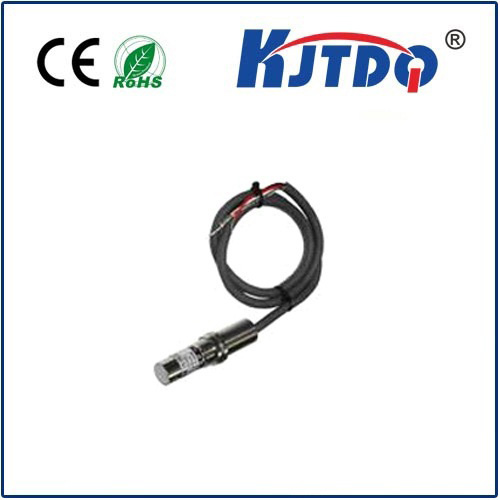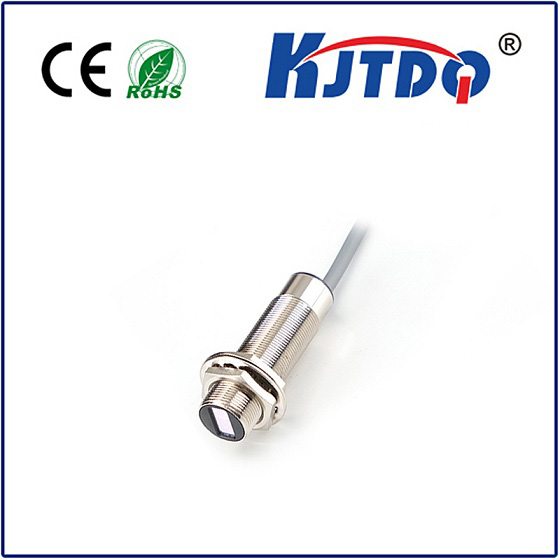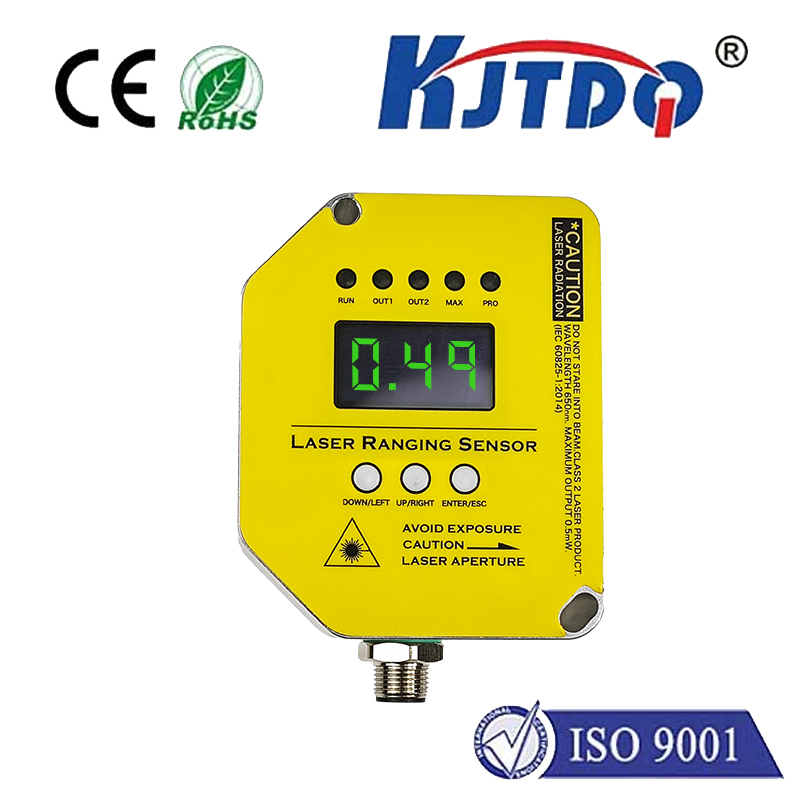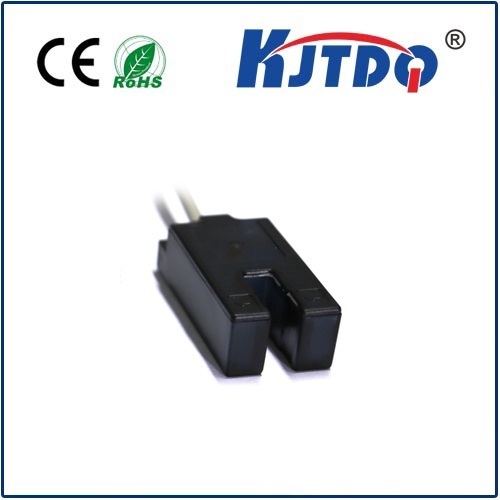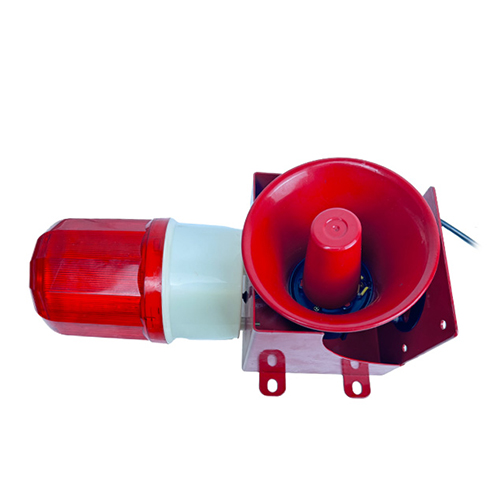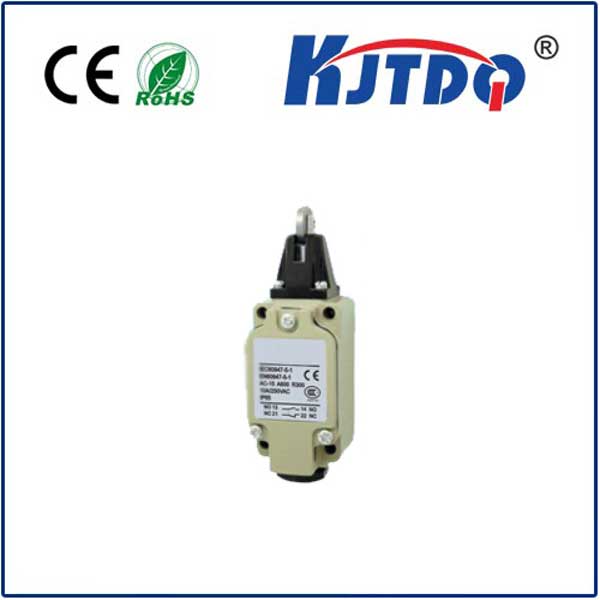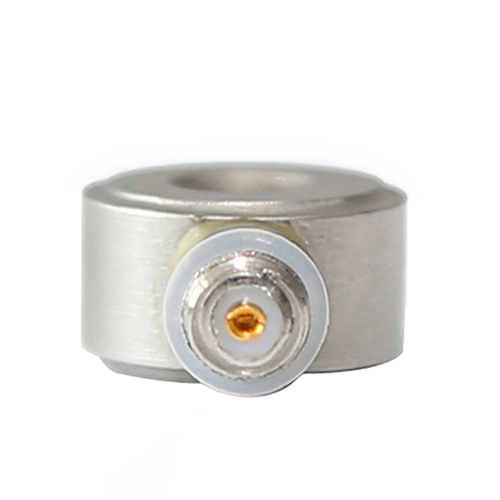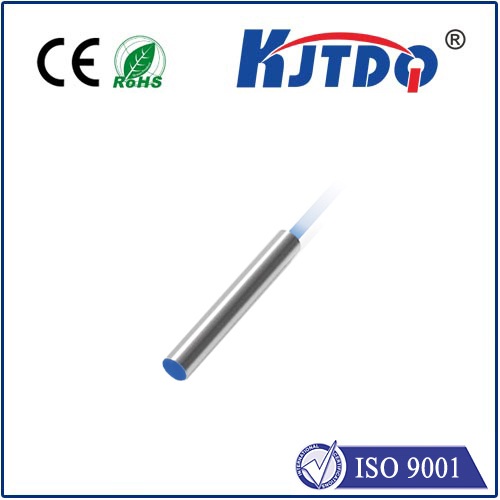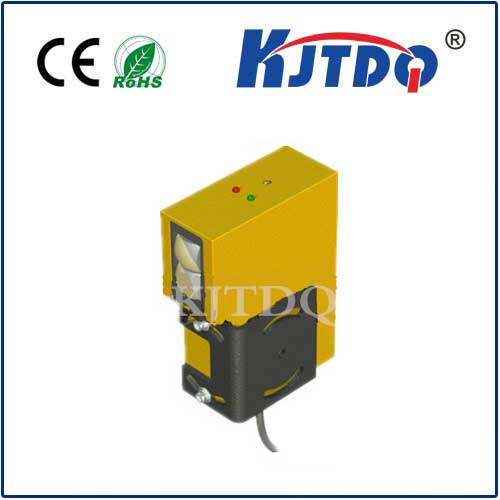an optical sensor
- time:2025-08-14 12:11:50
- Нажмите:0
Light Detectives: How Optical Sensors See the Unseen
If light were a language, optical sensors would be its most versatile translators. These remarkable devices act as the vital link between the physical world and the digital systems that monitor, analyze, and control it. Their fundamental task? Converting light signals – whether visible, infrared, or ultraviolet – into measurable electrical signals. This seemingly simple act of light detection forms the bedrock of countless technologies that define our modern existence. From the smartphone camera capturing a sunrise to the sophisticated instruments ensuring factory safety, optical sensors are the silent sentinels translating photons into progress.
The Core Principle: Capturing Photons
At the heart of every optical sensor lies the photoelectric effect or related phenomena. When photons (particles of light) strike certain materials – typically semiconductors like silicon – they can transfer their energy to electrons within the material. If the photon energy is sufficient, it liberates an electron, creating an electrical charge or altering the material’s electrical properties (like resistance or voltage). This fundamental interaction is the key that unlocks the ability to sense light. Modern photodetectors, the building blocks of most optical sensors, are highly engineered to maximize this effect for specific wavelengths and applications, ensuring sensitivity and accuracy.

Common Types: Diverse Tools for Diverse Jobs
The world of optical sensors isn’t monolithic; it employs various specialized technologies:
- Photodiodes: These are the workhorses. Operating primarily in reverse bias, they generate a photocurrent proportional to the intensity of incident light. Valued for their speed, linearity, and relatively low cost, they find use in light meters, optical communication receivers, and many consumer electronics. PIN photodiodes offer improved speed and sensitivity.
- Phototransistors: Effectively a photodiode integrated with a transistor amplifier. They provide higher output current than photodiodes alone, making them useful for simpler detection circuits requiring less amplification, like object detection (e.g., slot sensors) or basic light level sensing.
- CMOS Image Sensors: These have revolutionized digital imaging. Comprising millions of individual photodiodes arranged in an array (pixels), each converts light intensity at its location into an electrical charge. Sophisticated circuitry reads these charges sequentially, reconstructing a digital image. Their dominance in smartphones, webcams, and digital cameras stems from lower power consumption, system integration potential, and cost-effectiveness compared to older CCD technology.
- CCD Image Sensors: While largely superseded by CMOS in consumer markets, Charge-Coupled Devices (CCDs) remain prized in scientific and high-end imaging. They offer exceptional image quality, low noise, and high uniformity. Light creates charge packets in pixels, which are then transferred through adjacent pixels to a single output amplifier for reading. This unique process contributes to their high fidelity.
- Infrared Sensors (IR): Designed to detect light beyond the visible spectrum. Common types include pyroelectric sensors for motion detection (sensing changes in IR radiation from warm bodies) and thermopiles for non-contact temperature measurement. IR photodiodes are crucial for remote controls, night vision systems, and gas analysis.
Ubiquity in Action: Real-World Sensing
The applications of optical sensing are vast and deeply integrated into our lives:
- Consumer Electronics: Camera modules in phones and laptops, ambient light sensors adjusting screen brightness, proximity sensors turning off screens during calls, optical fingerprint readers, optical drives (CD/DVD/Blu-ray), gesture recognition.
- Промышленная автоматизация: Precise object detection and counting on assembly lines, barcode and QR code scanners, alignment sensors ensuring components are positioned correctly, level sensing in tanks and silos, quality control inspecting surface defects or color consistency. These tasks rely heavily on the speed and accuracy of optical sensors.
- Automotive: Lane departure warning systems, adaptive headlights, rain-sensing wipers, driver drowsiness monitoring, optical encoders measuring wheel speed (ABS/ESC), LiDAR (Light Detection and Ranging) for autonomous driving and advanced driver-assistance systems (ADAS).
- Medical & Life Sciences: Pulse oximeters measuring blood oxygen saturation, blood glucose monitors using near-IR spectroscopy, fluorescence sensors in lab equipment for DNA/protein analysis, endoscopic imaging cameras, flow cytometry analyzing cells.
- Environmental Monitoring: Measuring turbidity in water, detecting specific gases via their absorption spectra, monitoring air pollution particulates using light scattering techniques.
- Security Systems: Motion detectors using PIR sensors, beam break sensors for perimeter security, facial recognition systems, optical smoke detectors.
The Evolution Continues: Pushing Boundaries
Optical sensing technology is far from static. Key trends driving its future include:
- Miniaturization & Integration: Developing even smaller, more efficient sensors that can be integrated directly into complex systems-on-chip (SoCs) or flexible substrates.
- Enhanced Spectral Range: Creating sensors sensitive to wider or very specific bands of light (e.g., deeper IR, UV-C), enabling new applications in spectroscopy, environmental science, and health diagnostics.
- Increased Intelligence: Embedding basic processing power directly on the sensor chip (“smart sensors”) for filtering noise, performing initial data analysis, and triggering actions faster. This reduces latency and system complexity.
- Multimodal Sensing: Combining optical sensing with other sensing modalities (inertial, temperature, pressure) on a single chip to provide richer, more contextual environmental data.
- Quantum Sensing: Exploring emerging quantum technologies to create optical sensors with unprecedented sensitivity for applications in gravitational wave detection, magnetic field imaging, and ultra-secure communications.
From capturing fleeting moments in stunning detail to safeguarding industrial processes and pioneering medical diagnostics, optical sensors are fundamental enablers of our technological age. By continuously evolving to see more, see smaller, and see smarter, these sophisticated light detectives will undoubtedly continue to illuminate the path towards future innovations, translating the intricate language of light into actionable insights that shape our world.

